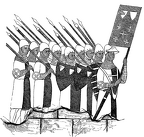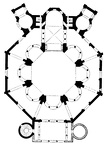19 photos
Home / Albums / The Middle Ages / Technology 26
-
Arms and Armour
28 photos -
Printng Press
1 photo -
Churches
1 photo -
Architecture
13 photos

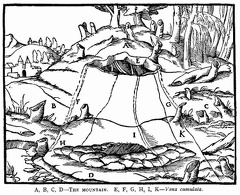 vena cumulata
vena cumulata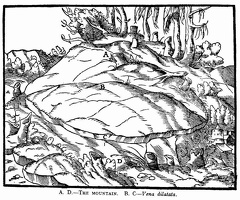 venae dilatatae
venae dilatatae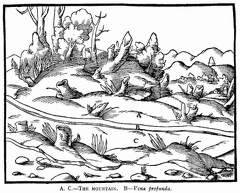 Vena profunda
Vena profunda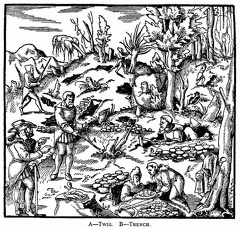 Divining rod
Divining rod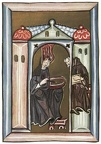 Hildegard receiving the light from Heaven
Hildegard receiving the light from Heaven Father Lana's aerial ship (1670)
Father Lana's aerial ship (1670) The Venice parachute (1617), after an engraving of the time
The Venice parachute (1617), after an engraving of the time Principle of the parachute, drawing by Leonardo da Vinci
Principle of the parachute, drawing by Leonardo da Vinci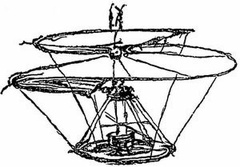 Principle of the helicopter, drawing by Leonardo da Vinci
Principle of the helicopter, drawing by Leonardo da Vinci Facsimile of Leonardo da Vinci's drawings on artificial wings
Facsimile of Leonardo da Vinci's drawings on artificial wings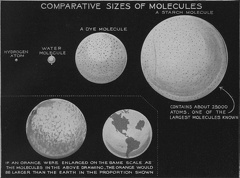 Comparative size of molecules
Comparative size of molecules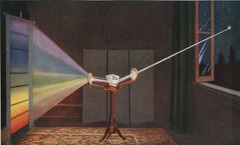 The Spectroscope, an Instrument for Analysing Light
The Spectroscope, an Instrument for Analysing Light Gutenberg
Gutenberg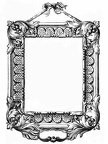 Frame
Frame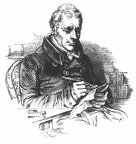 Bulmer
Bulmer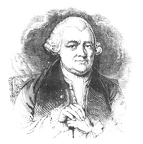 Baskerville
Baskerville B
B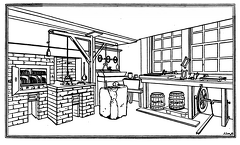 View of Stereotype Foundry
View of Stereotype Foundry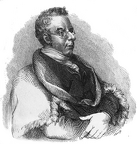 Thomas Curson Hansard
Thomas Curson Hansard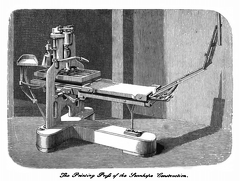 The Printing Press of the Stanhope Construction
The Printing Press of the Stanhope Construction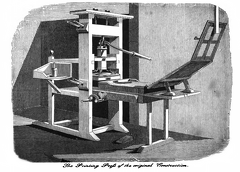 The Printing Press of the original construction
The Printing Press of the original construction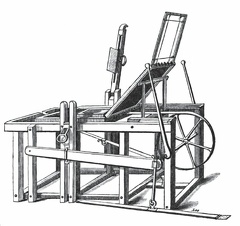 The Lithographic Star Press
The Lithographic Star Press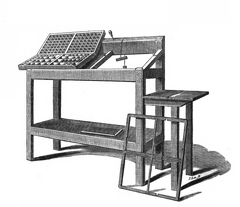 The Frame
The Frame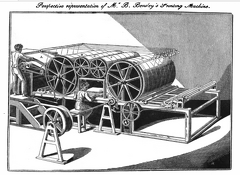 Mr Bensley's Machine
Mr Bensley's Machine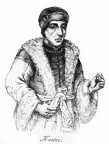 Koster
Koster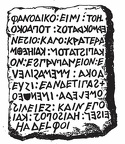 Inscription of the Sigean Tablet
Inscription of the Sigean Tablet





